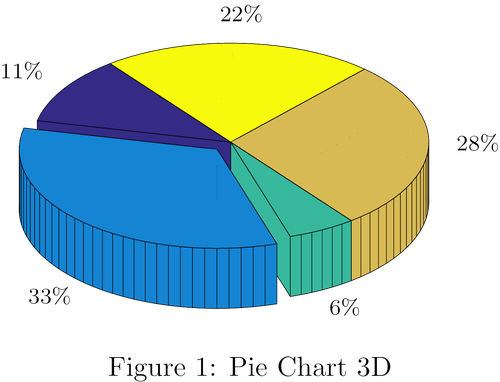Overleaf is an online compiler that solves all those problems. When combined with Mendeley and Git they form a “dream team” that can significcantly improve your productivity. This article will show you how to set them up and and work with them in the most effective way. ... Continue reading→
LaTeX has been around for 30+ years (first release was in 1985) and is still the champion of typesetting, especially scientific typesetting. The language itself is fixed but the framework has undergone many expansion by third-party packages. So when people talk about LaTeX they usually mean the whole framework with all the packages without which you can’t even compile the most basic papers. This is a burden especially for academic novice like myself one year ago. Lucky me I’m a computer geek so learning how to install, upgrade and use LaTeX was a matter of a few hours Googling. But even within academics, sharing a LaTeX document remains a pain in the arse.
Mendeley is the only reference manager, as I know, capable of updating a
bib file on the fly. That is: as soon as you import a new reference or make a change to an existing reference, it will export the updated version of the library to the library.bib file in a predefined folder. This is especially nice if you’re writing a paper and constantly searching for new literature. If you’re only bothering with writing one paper, then this might be enough. When you write the second paper, simply instruct Mendeley to write to a different file. However, if you’re writing two or more scientific documents using the same set of references, then you will need something smarter. What’s more problematic is that Mendeley dumps everything inside the references, including location of the PDF and any notes you make. This might cause LaTeX to fail to compile.
...
Continue reading→
You use LaTeX instead of a WYSIWYG word processing program because they can’t cope with the high quality required for publication. But your nice professional looking documents can be ruined because you insert the wrong type of figures. Bitmap figures are easily pixelated because the actual size is not always known beforehand. Exporting figures as PDF to be included sounds like a good idea but you’ll quickly notice the problem with the text (e.g. axis label and ticks,…) which needs to be rendered by Latex to get the correct font and size.
Hard-core Tex users can find the answer to this problem in Tikz or Pgfplot. Of course figures generated at this level is as good as it gets. I use Tikz picture quite frequently for text-heavy diagrams and simple plots. However, if the figure is moderately complicated or if it’s bound to precise data, then generating figures this way quickly becomes unmanageable.
...
Continue reading→


